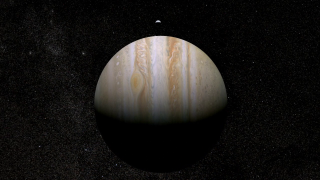Planets and Moons
ID: 11237
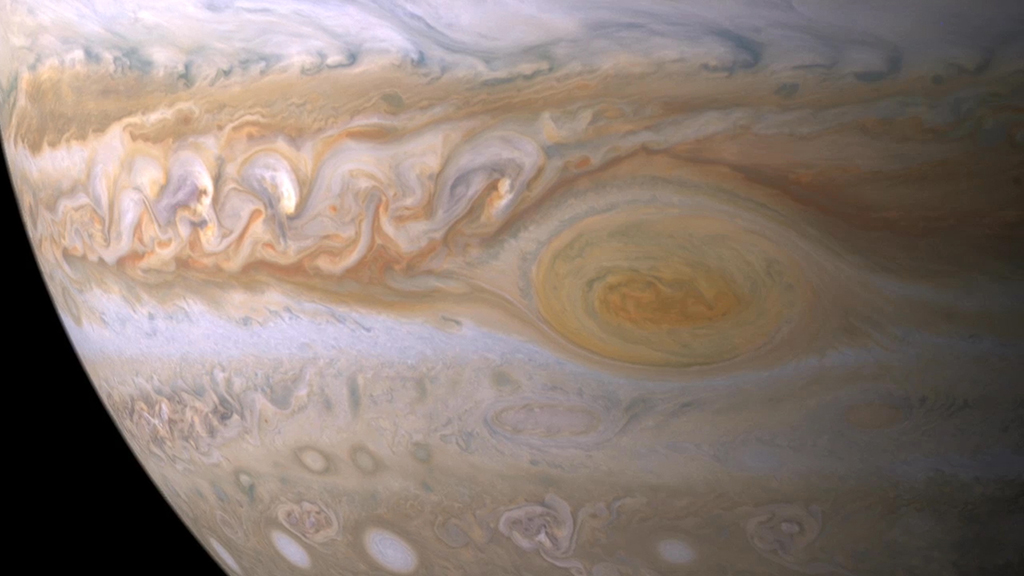
Jupiter is a planet known for clouds, from its distinctive orange and white stripes to the swirling vortex known as the Great Red Spot. But its cloudless patches are just as interesting—and so unusual that the big ones get the special name "hot spots." Exactly how they form and why they're only found near the equator have long been mysteries. To study hot spots in motion, scientists made movies from images taken when NASA's Cassini spacecraft flew past the planet in 2000. The movies reveal new evidence that Jupiter's hot spots are created by an atmospheric phenomenon known as a Rossby wave. As the wave glides up and down in Jupiter's atmosphere like a horse on a merry-go-round, it creates holes in the clouds by displacing cold air. This results in a line of cloud-free warm air pockets, or hot spots, seen around the planet. Watch the video to learn more.
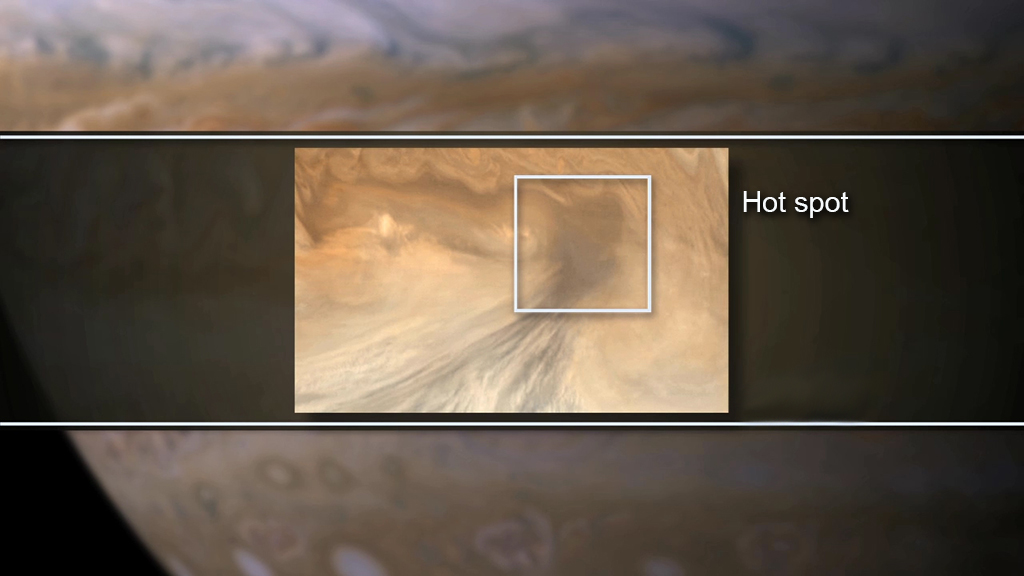
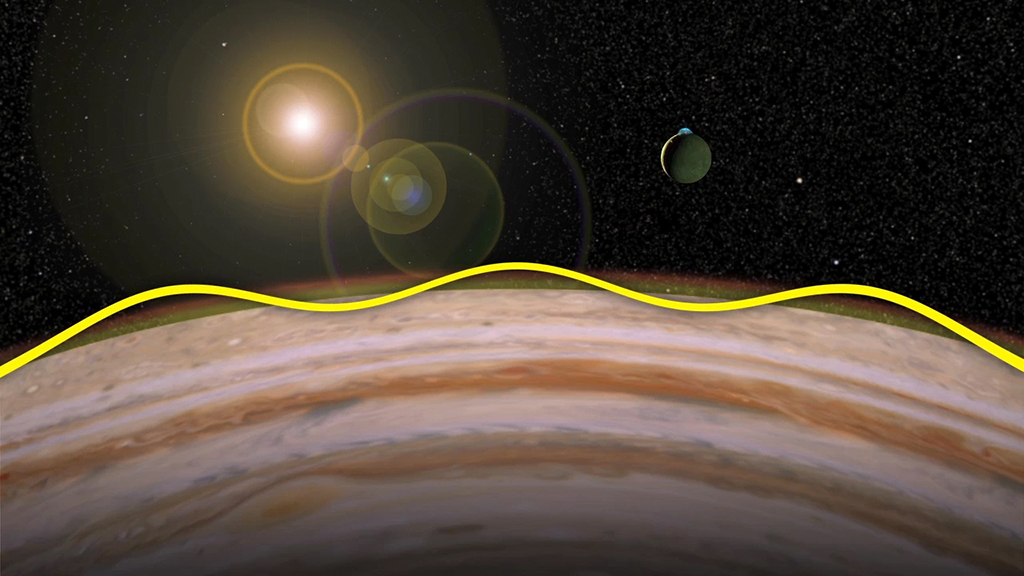
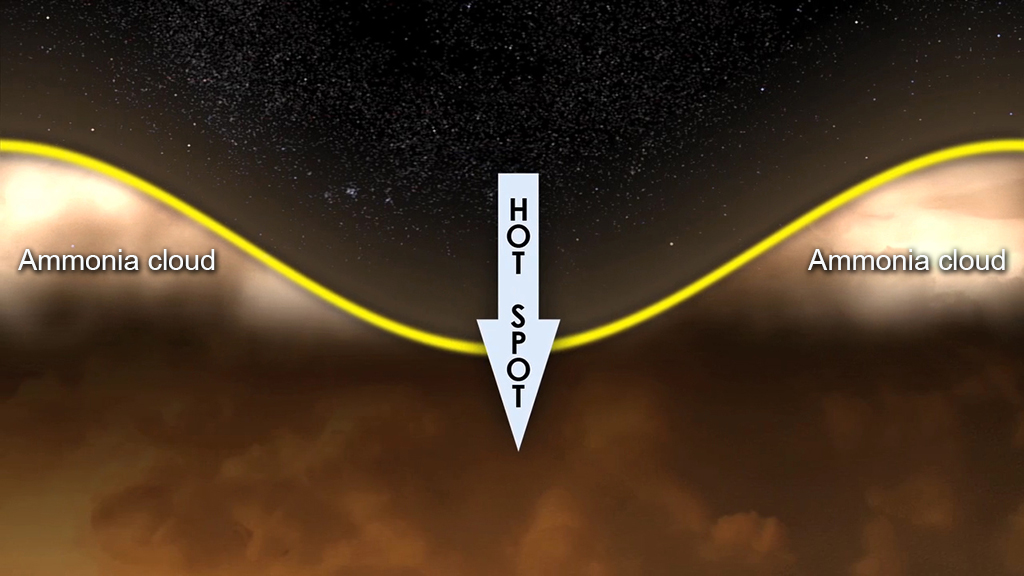
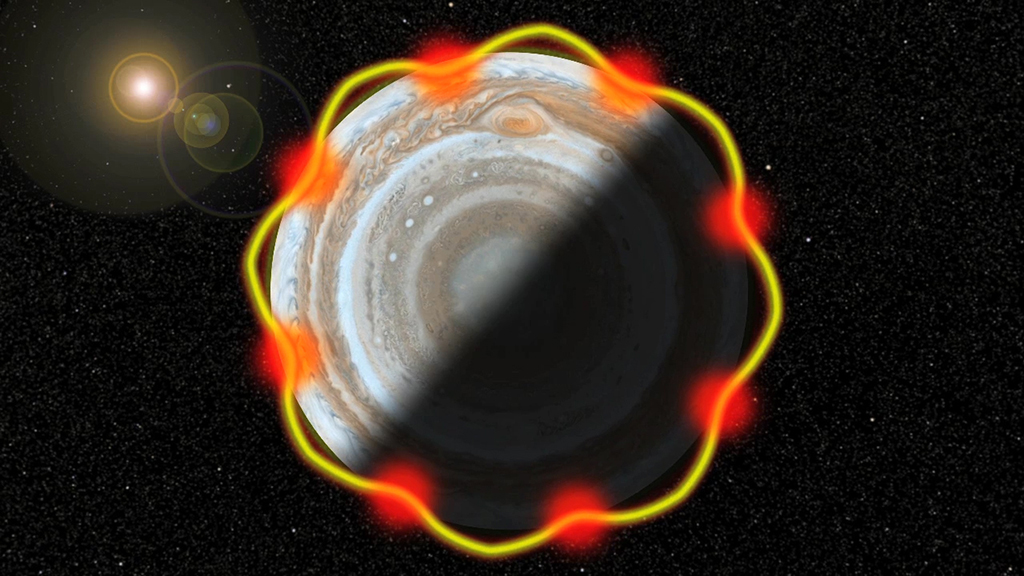
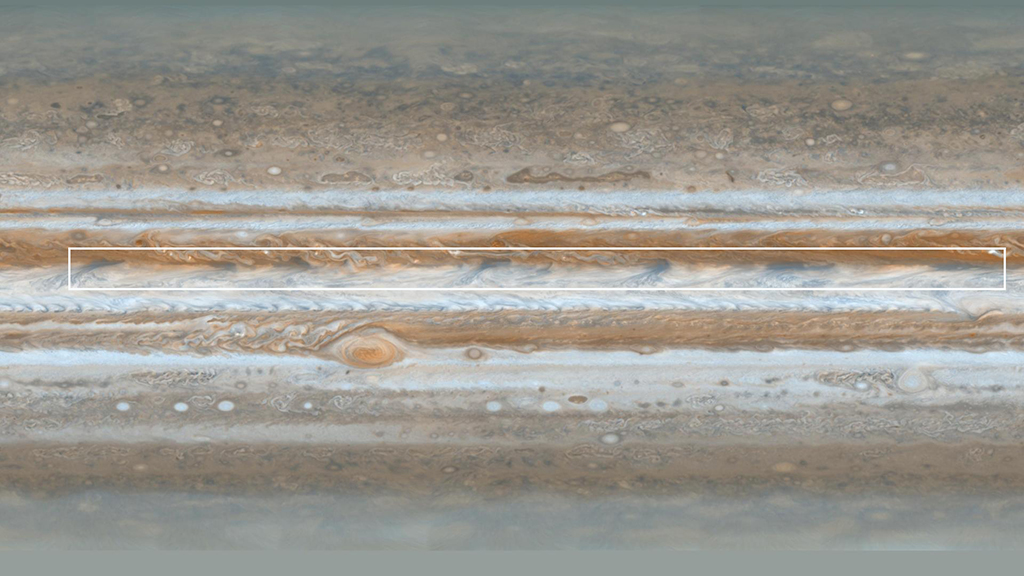
Jupiter's Hot Spots






Related Story
For More Information
Story Credits
Visualizers/Animators:
Tom Bridgman (Global Science and Technology, Inc.)
Greg Shirah (NASA/GSFC)
Ernie Wright (USRA)
Trent L. Schindler (USRA)
Lori Perkins (NASA/GSFC)
Video Editor:
Dan Gallagher (USRA)
Interviewee:
David Choi (Oak Ridge Associated Universities (ORAU))
Producer:
Dan Gallagher (USRA)
Lead Scientist:
David Choi (Oak Ridge Associated Universities (ORAU))
Videographer:
Rob Andreoli (Advocates in Manpower Management, Inc.)
Lead Writer:
Elizabeth Zubritsky (ADNET)
Tom Bridgman (Global Science and Technology, Inc.)
Greg Shirah (NASA/GSFC)
Ernie Wright (USRA)
Trent L. Schindler (USRA)
Lori Perkins (NASA/GSFC)
Video Editor:
Dan Gallagher (USRA)
Interviewee:
David Choi (Oak Ridge Associated Universities (ORAU))
Producer:
Dan Gallagher (USRA)
Lead Scientist:
David Choi (Oak Ridge Associated Universities (ORAU))
Videographer:
Rob Andreoli (Advocates in Manpower Management, Inc.)
Lead Writer:
Elizabeth Zubritsky (ADNET)
Please give credit for this item to:
NASA's Goddard Space Flight Center
Cover and Cassini image courtesy of NASA/JPL/Space Science Institute
Other images courtesy of NASA/GSFC/JPL/Space Science Institue
NASA's Goddard Space Flight Center
Cover and Cassini image courtesy of NASA/JPL/Space Science Institute
Other images courtesy of NASA/GSFC/JPL/Space Science Institue
Short URL to share this page:
https://svs.gsfc.nasa.gov/11237
Keywords:
SVS >> App
NASA Science >> Planets and Moons
https://svs.gsfc.nasa.gov/11237
Keywords:
SVS >> App
NASA Science >> Planets and Moons
